We previously covered Singapore's maritime status and the significance of the Mega Tuas Port. You can read the full article here.  As of now, Phase 1 of the Mega Tuas Port has already installed a total of 221 caissons and is on track to complete the entire reclamation work by 2021, with around 2,000 workers and supervisors on site. Meanwhile, the second phase has already begun.  The Mega Tuas Port is designed to accommodate container ships up to 24,000 TEU with a water depth of 24 meters. Once operational, it will be capable of handling any size of cargo vessel in the world, making it the largest port globally.  Discover more about the key construction equipment used in this massive project.   The Maritime and Port Authority of Singapore (MPA) is constructing the port using caisson technology. This method involves prefabricated structures that are sunk underwater to create a solid foundation for the port.  Caisson technology has been used for centuries in port infrastructure. For the Mega Tuas Port, caissons are being used to build the breakwater and seawall, essential for land reclamation.   In Phase 1, caisson installation is proving to be a safer and more efficient alternative to traditional methods like piling. The same technique will be applied in all remaining phases. These caissons are among the largest in the world—each weighing 15,000 tonnes and measuring 40m in length, 28m in width, and 28m in height—equivalent to a 10-story building.   The image above shows the process of building the seawall, which forms the perimeter of the port. Once the seawall is in place, land reclamation inside the structure begins.  To install the caissons, a rock mound foundation must first be built on the seabed: “TEMAROCK is a next-generation vessel that combines rock laying and compaction into one process. It replaces the need for multiple vessels and divers, improving both efficiency and safety.†  Meanwhile, the caissons are being fabricated on-site in two separate yards, allowing for simultaneous production. This helps speed up the overall timeline.  “To handle the large volume of reinforcement steel needed, an Automatic Rebar Machine using Robotics System (ARMS) is employed. This system automates cutting and bending, significantly reducing manual labor and increasing safety.†  Once the caissons are in place, the internal area is reclaimed to form solid land. Afterward, the port facilities and equipment are installed.  The project also emphasizes sustainability by reusing excavated materials from other construction projects. This approach has reduced the need for sand by up to 70% in Phase 1 and 50% in Phase 2, resulting in significant cost savings of around S$2 billion.  Here’s a glimpse into the construction process of the Mega Tuas Port. Watch the video below to see Phase 1 in action.  Don’t forget to like and share our Facebook page at bit.ly/34MdSFh for more interesting updates and articles!   We are Singapore’s first intelligent digital platform revolutionizing the traditional construction equipment rental industry with a touchless experience. Learn more with us today! Mini Skid Steer Loader,mini skid attachments,mini skid,mini skid steer attachments,mini loaders,small skid steer loader,multi-purpose engineering vehicle Changzhou Kafurter Machinery Co., Ltd , https://www.kafurter.com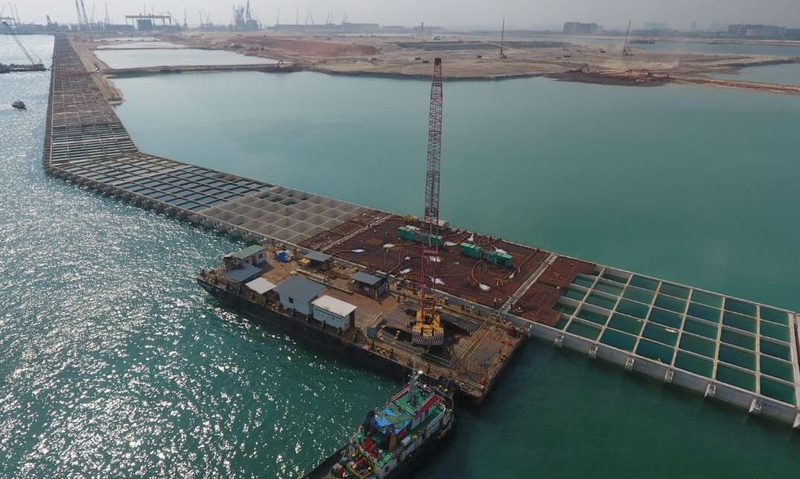
So, how is the Mega Tuas Port built?
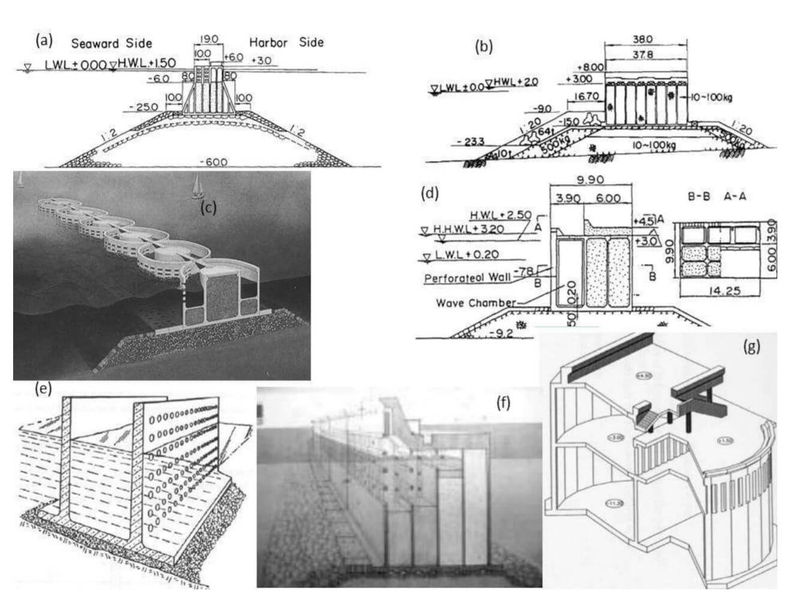
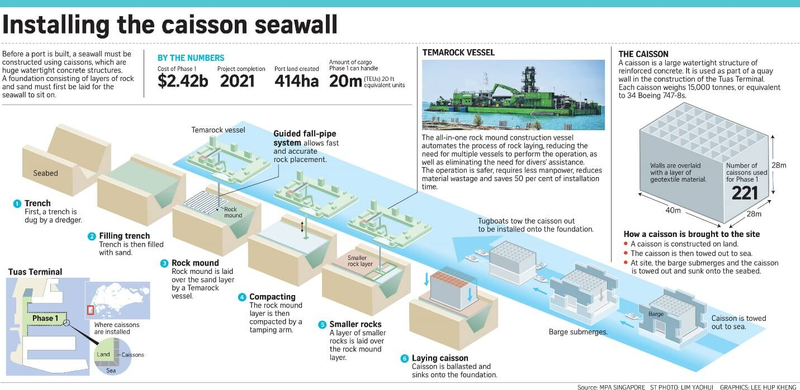
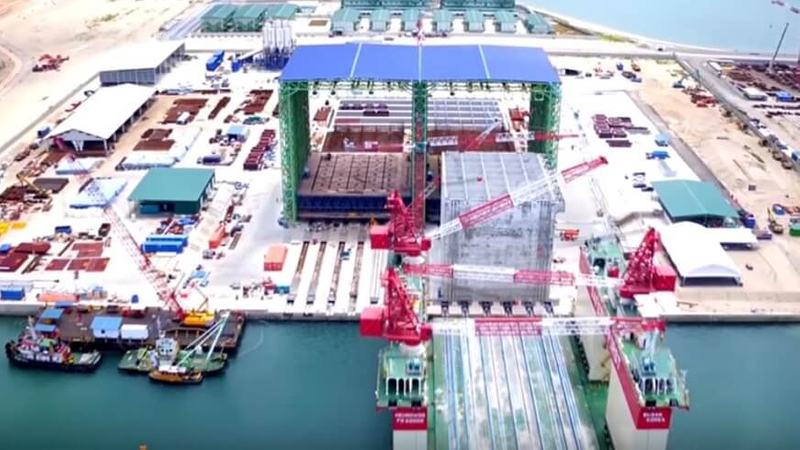
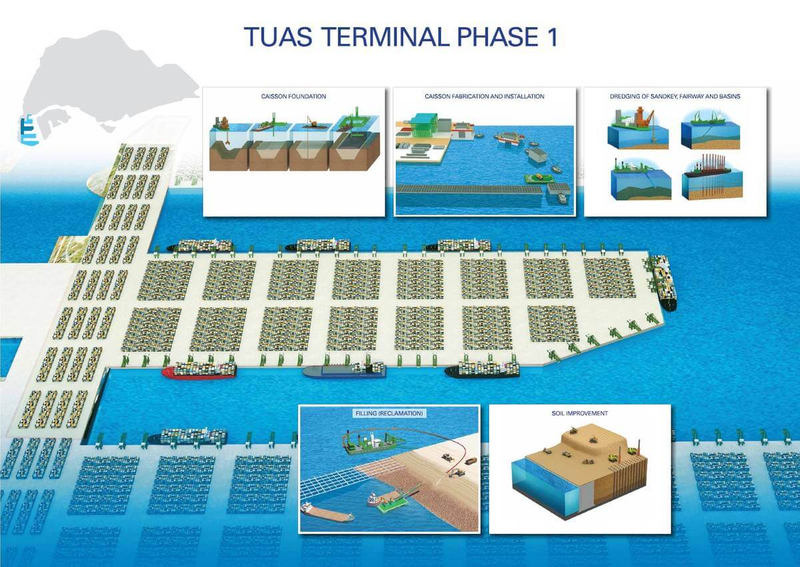
RENT EQUIPMENT HERE
The Construction of Mega Tuas Port